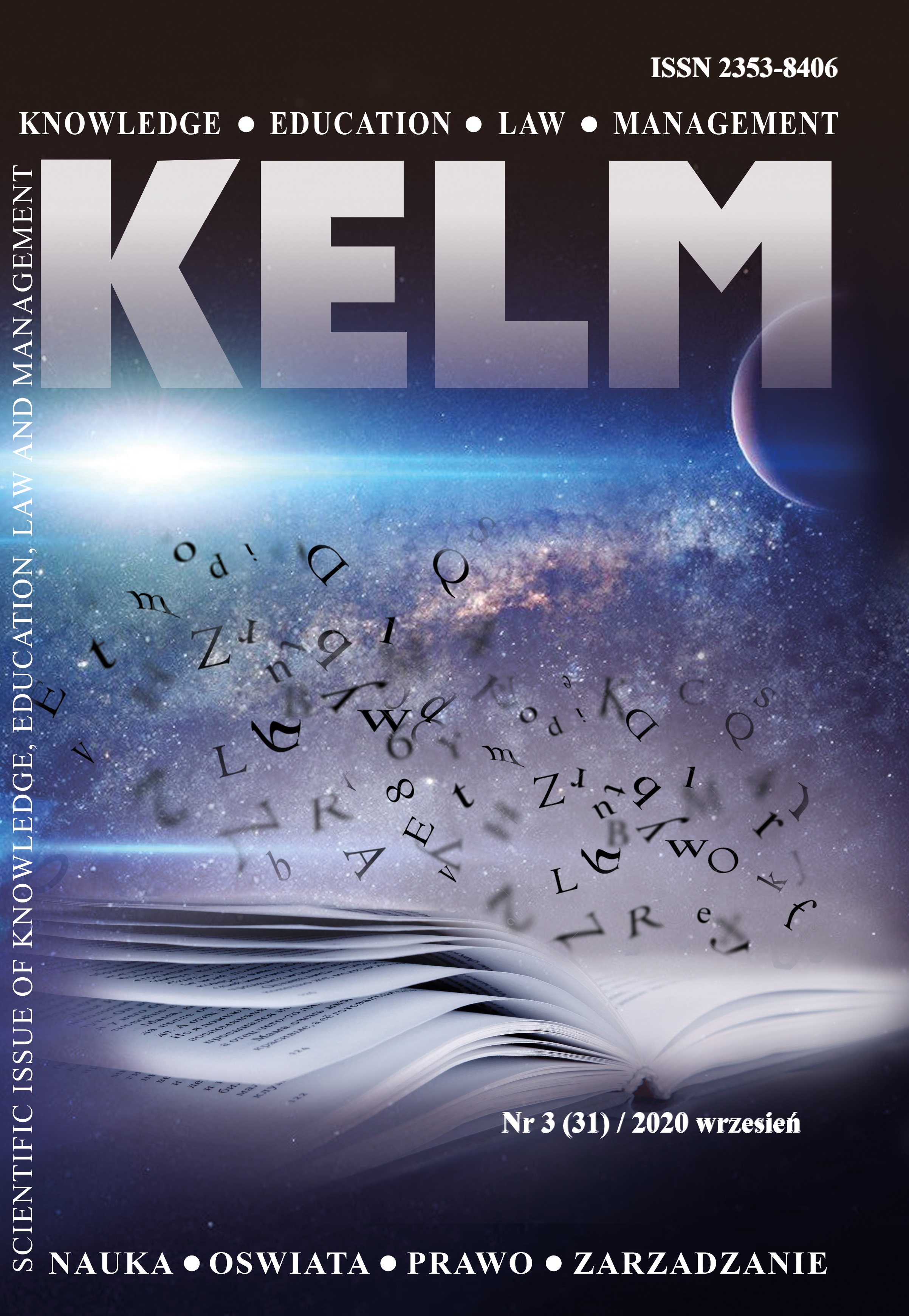Anotation. The study is devoted to the art history of Kyiv’s breastplate ceremonial ornaments – barmas, as artistic
artefacts that allow a better understanding of the intersections of the artistic culture of individual centres, their common
or different creative prerogatives and the facts of a certain unity.
The purpose of the article is to highlight the artistic, technical, and technological features of Kyivan Rus ceremonial
barmas from domestic and foreign museum collections.
The research uses historical-cultural and artistic-design scientific approaches in combination with comparative
and presentation methods. The study is devoted to the art history of Kyiv’s breastplate ceremonial ornaments – barmas,
as artistic artefacts that allow a better understanding of the intersections of the artistic culture of individual centres, their
common or different creative prerogatives and the facts of a certain unity.
The information about the historical preconditions of the origin of breast ornaments in the form of necklaces with
round medallions on the territory of Kyivan Rus is outlined. An attempt is made to characterize the centres of the Kyivan
Rus state, where these products were manufactured and worn. The times of existence of products, and also art features
of jewellery, ways of their wearing are considered. The main types of exhibits known for Ukrainian and foreign
collections, as well as for reconstructions are displayed. The basic techniques and features of separate methods of work in
the performance of works are specified. The results of the study show that the ancient methods of making jewellery today in
the context of technical progress in the jewellery industry may arouse great interest from manufacturers and connoisseurs
of jewellery. It is proposed to use the materials of this study for the process of creating new exclusive collections with
hot enamel, filigree, grain, engraving and blackening for an updated high-quality presentation in the field of jewellery
countries that have absorbed the Byzantium-Kyivan Rus goldsmith traditions.
Keywords: The study is devoted to the art history of Kyiv’s breastplate ceremonial ornaments – barmas, as artistic
artefacts that allow a better understanding of the intersections of the artistic culture of individual centres, their common
or different creative prerogatives and the facts of a certain unity.
The purpose of the article is to highlight the artistic, technical, and technological features of Kyivan Rus ceremonial
barmas from domestic and foreign museum collections.
The research uses historical-cultural and artistic-design scientific approaches in combination with comparative
and presentation methods. The study is devoted to the art history of Kyiv’s breastplate ceremonial ornaments – barmas,
as artistic artefacts that allow a better understanding of the intersections of the artistic culture of individual centres, their
common or different creative prerogatives and the facts of a certain unity.
The information about the historical preconditions of the origin of breast ornaments in the form of necklaces with
round medallions on the territory of Kyivan Rus is outlined. An attempt is made to characterize the centres of the Kyivan
Rus state, where these products were manufactured and worn. The times of existence of products, and also art features
of jewellery, ways of their wearing are considered. The main types of exhibits known for Ukrainian and foreign
collections, as well as for reconstructions are displayed. The basic techniques and features of separate methods of work in
the performance of works are specified. The results of the study show that the ancient methods of making jewellery today in
the context of technical progress in the jewellery industry may arouse great interest from manufacturers and connoisseurs
of jewellery. It is proposed to use the materials of this study for the process of creating new exclusive collections with
hot enamel, filigree, grain, engraving and blackening for an updated high-quality presentation in the field of jewellery
countries that have absorbed the Byzantium-Kyivan Rus goldsmith traditions.
THE BARMAS FROM KYIVAN RUS IN UKRAINIAN AND FOREIGN COLLECTIONS: MANUFACTURING TECHNIQUES, ARTISTIC FEATURES
Oleksandra Barbalat
Ph.D. Student, Teacher of Modern Jewelry Art at the Department of Fine Arts Institute of ArtsBorys Grinchenko Kyiv University (Kyiv, Ukraine)
ORCID ID: 0000-0001-8682-9247
